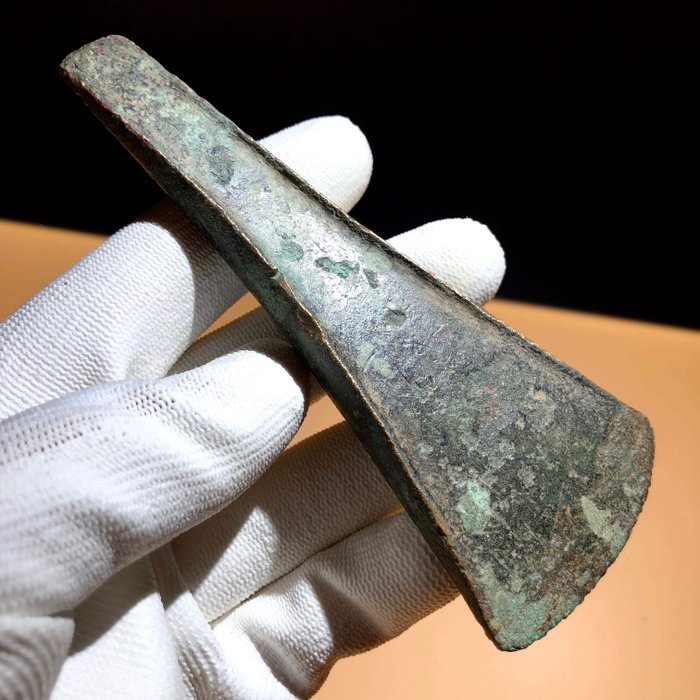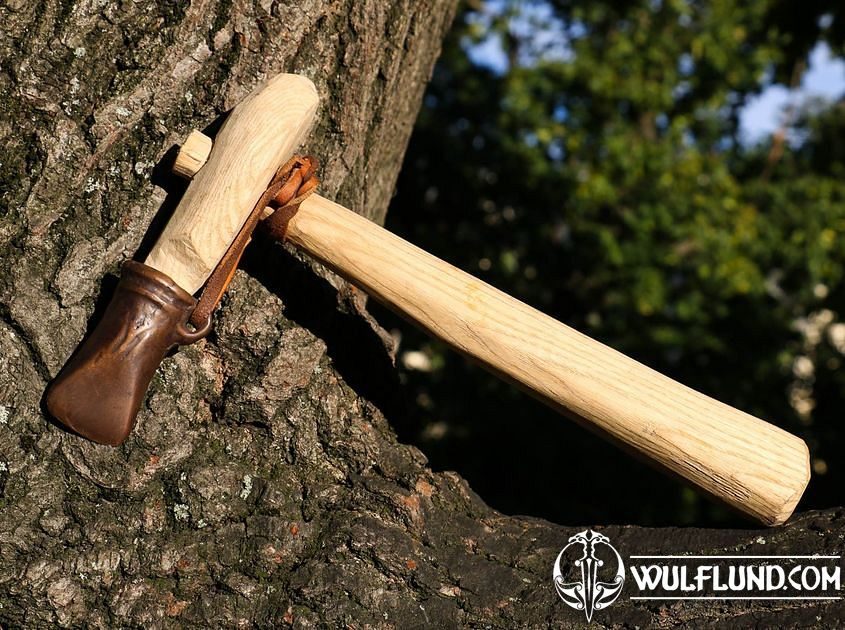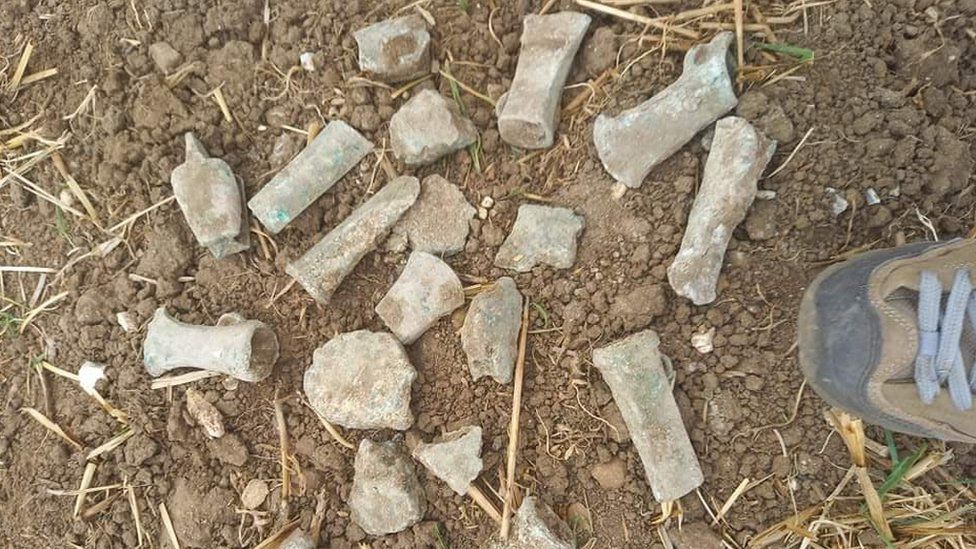Curious Mussel Shell Arrowheads in Norway’s Mountains Confound Archaeologists
It’s not the first time archaeologists in Norway have discovered ancient arrows melting out of mountainsides. But it is the first time arrows made from mussel shells have been found.
Jotunheimen (home of the giants) is a mountainous region situated in central Norway .
One of the most remarkable archaeological finds in Jotunheimen is the
Lendbreen glacier, which has been melting, and exposing a treasure trove of ancient tools and
weapons. However, archaeologists in Jotunheimen were surprised to find three “unique” arrowheads made of freshwater pearl mussels that melted out of the ice in the mountains.
Professor Lars Pilø described the find as “breaking news.” He said the “unique arrowheads” were crafted from mussel shells, representing a technology that was “completely unknown in Norway before the melting started, and they have not been found anywhere else in the world.”
According to a report in
Science Norway , the shell weapons date back to the Early
Bronze Age, around 3,700 to 3,500 years ago. Curiously, however, the arrowheads were only in use for a couple of hundred years.
Pilø said “Folks at the time did have access to stone which can be used to make arrowheads, and they also used
bone and antlers.” However, nobody is quite sure why the technology was developed and abandoned in such a short period of time.
https://www.ancient-origins.net/news-history-archaeology/mussel-shell-arrowhead-0017963
maximus otter








